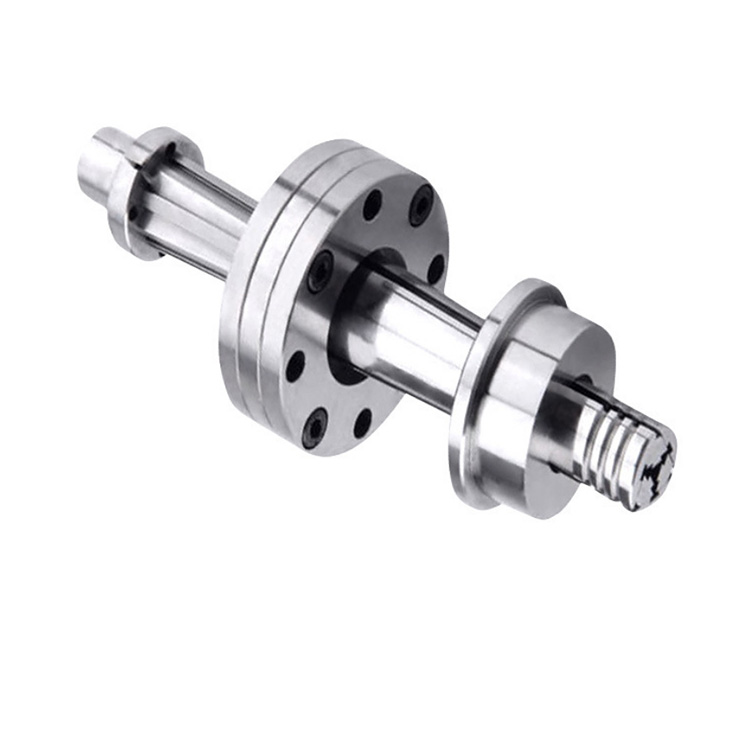What is the lathe?
A lathe makes cylindrical parts by rotating material on a stationary tool. Using a lathe to make parts is called turning. The raw material is held in a high-speed rotating chuck - this axis of rotation is called the C-axis. The tool of the lathe is mounted on a tool holder that can move parallel to the C-axis (expressed as movement along the Z-axis) and perpendicular to the C-axis (movement along the X-axis). On a CNC lathe, complex cylindrical geometries can be turned by changing the rotational speed of certain features by simultaneously controlling the X and Z positions of the tool post.

What is the milling machine?
Unlike the lathe, the milling machine holds the material in a fixture and cuts it with a rotating tool.
Milling machines come in many different configurations, but the most common one allows the operator to move the part left and right along the X axis and back and forth along the Y axis. The tool moves up and down along the Z axis. CNC milling machines can simultaneously control motion along these axes to create complex geometries such as surfaces. This main type of milling machine is called a 3-axis milling machine.

From the above summary, the lathe is best for making cylindrical parts, the cross-section of the part must be circular, and the same central axis must run through its entire length.
Milling machines are better for machined parts that are not exactly cylindrical, have flat, complex features, or have offset/slanted holes. A milling machine can machine cylindrical features, but if the part is purely cylindrical, a lathe is a better and more precise choice. More sophisticated machines, such as Swiss lathes, can cut flat features and drill vertical holes in the material. However, these machines are still more suitable for cylindrical parts.
-------------------------------------END-------------------------------------------------

